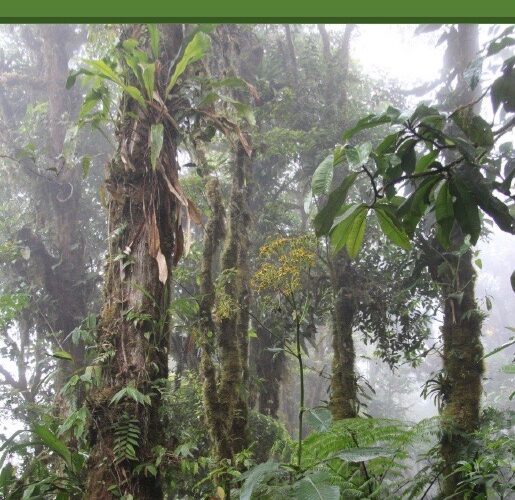Emission reductions originating from forest-related project/program types have historically been seen as riskier than offsets from other sectors, such as energy or industry. Over the last decade, much experience has been gained through the voluntary market, as well as pilot programs that pay for results from jurisdictional forest (i.e. REDD+) programs.
Comparing the quality of forest-related GHG units against other types of units
This paper seeks to fill a gap in analysis by providing an up-to-date comparison of the quality of forest-related GHG units against other types of units. The aim is to provide information to policymakers deciding whether (and if so under what conditions) forest-related GHG units may be considered eligible in markets and how they compare to other unit types.
The Carbon Offsetting and Reduction Scheme for International Aviation (CORSIA) – a global scheme requiring airline operators to offset their greenhouse gas (GHG) emissions – is expected to generate significant demand for carbon credits up to 2035. The paper, therefore, focuses on several of CORSIA’s eligibility criteria as a framing for the analysis.
In particular, we focus on criteria that influence the environmental integrity of GHG units, including additionality, baseline setting, quantification of emission reductions, permanence, and leakage. We consider several GHG Programs that are applying to CORSIA for eligibility, including the Clean Development Mechanism, Verified Carbon Standard (VCS), VCS Jurisdictional and Nested REDD+, Gold Standard, the Forest Carbon Partnership Facility Carbon Fund, and the Warsaw Framework for REDD+.
GHG units have significant benefits but also higher potential risks
Our findings suggest that while forest GHG units have significant benefits and are often unambiguously additional, they also have higher potential risks of leakage and reversals. We discuss how GHG Programs mitigate these risks and suggest additional elements that may be needed in specific GHG Programs to provide sufficient assurance that forest credits come with the environmental integrity equivalent to GHG units generated in other sectors.





